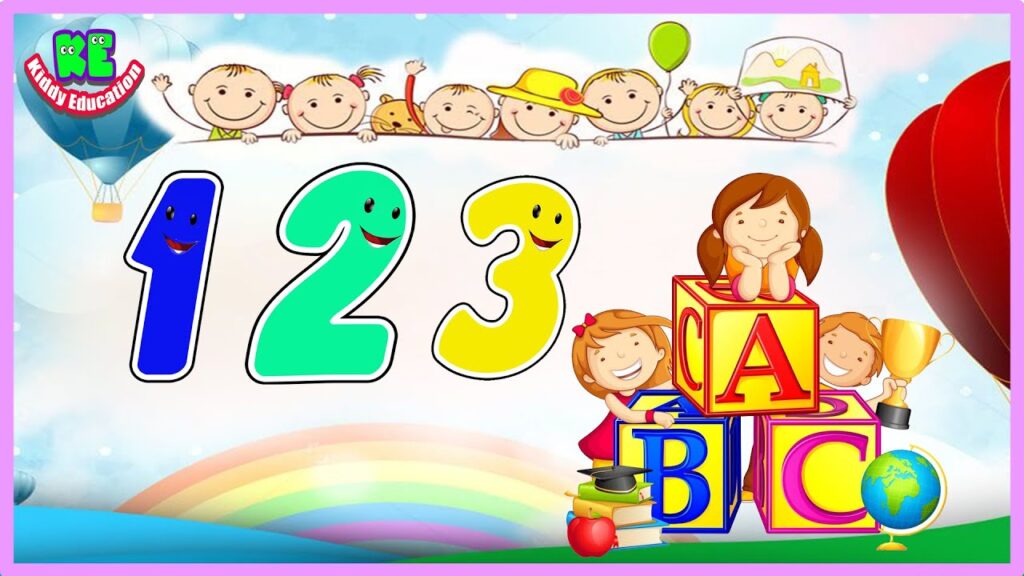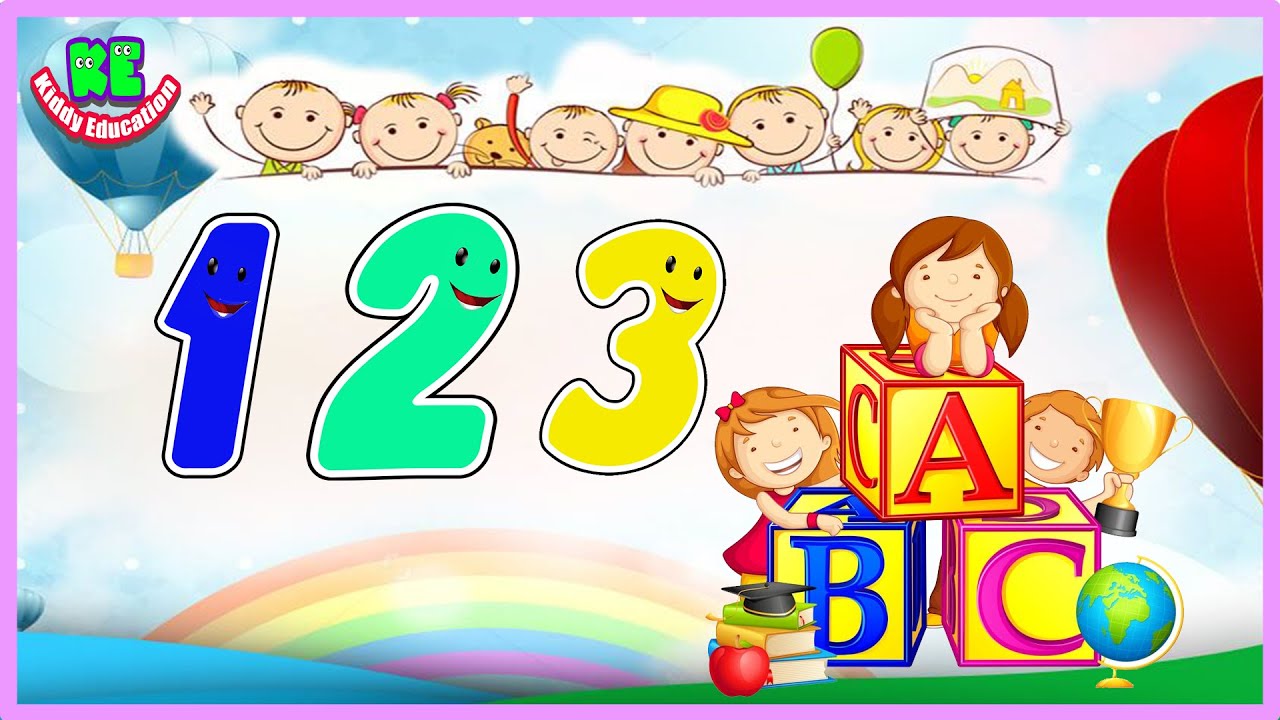
Unlocking Potential: Engaging Learning Activities for 4 Year Olds
The formative years of a child’s life, particularly around the age of four, are crucial for cognitive, social, and emotional development. This period represents a window of opportunity where targeted and engaging learning for 4 year olds can lay a strong foundation for future academic success and overall well-being. Understanding the specific needs and developmental milestones of this age group is paramount in designing effective educational strategies. This article will explore a range of activities and approaches aimed at maximizing learning for 4 year olds, ensuring they are not only entertained but also actively developing essential skills.
Understanding the Developmental Stage of 4 Year Olds
Four-year-olds are typically characterized by their boundless energy, curiosity, and rapidly expanding vocabulary. They are transitioning from parallel play to more cooperative forms of interaction, beginning to understand and follow simple rules, and developing a sense of independence. Cognitively, they are becoming more adept at problem-solving, recognizing patterns, and understanding cause and effect. Emotionally, they are learning to express their feelings and empathize with others.
It is important to tailor learning for 4 year olds to these developmental characteristics. Activities should be hands-on, interactive, and playful, focusing on fostering curiosity and exploration rather than rote memorization. Educators and parents should prioritize creating a supportive and stimulating environment where children feel safe to experiment, make mistakes, and learn from them.
Key Areas of Learning for 4 Year Olds
Learning for 4 year olds should encompass several key areas to promote holistic development:
- Language and Literacy: Expanding vocabulary, recognizing letters and sounds, and developing pre-reading skills.
- Mathematics: Counting, recognizing numbers, understanding basic shapes, and developing spatial awareness.
- Science: Exploring the natural world, conducting simple experiments, and understanding basic scientific concepts.
- Social-Emotional Development: Learning to cooperate, share, resolve conflicts, and develop empathy.
- Fine and Gross Motor Skills: Developing hand-eye coordination, improving dexterity, and enhancing physical coordination.
Engaging Learning Activities for 4 Year Olds
Language and Literacy Activities
Language and literacy development is crucial at this age. Here are some engaging activities:
- Storytime: Reading aloud to children, encouraging them to participate by asking questions and making predictions. Choose books with vibrant illustrations and engaging narratives.
- Phonics Games: Introducing letters and their corresponding sounds through playful games. Use flashcards, songs, and interactive apps.
- Vocabulary Building: Introducing new words in context, explaining their meanings, and encouraging children to use them in their own sentences.
- Creative Writing: Encouraging children to draw pictures and dictate stories about them. This helps develop their imagination and storytelling skills.
- Rhyming Games: Playing rhyming games to help children recognize patterns in language.
Mathematics Activities
Make math fun and accessible with these activities:
- Counting Games: Counting objects, such as toys, blocks, or fingers and toes. Use songs and rhymes to make it more engaging.
- Shape Recognition: Identifying and sorting shapes, such as circles, squares, and triangles. Use puzzles, building blocks, and art projects.
- Number Recognition: Introducing numbers through flashcards, games, and everyday activities. Point out numbers on clocks, calendars, and street signs.
- Sorting and Classifying: Sorting objects by color, size, or shape. This helps develop logical thinking and problem-solving skills.
- Measurement Activities: Introducing concepts of measurement using simple tools like rulers and measuring cups.
Science Activities
Spark curiosity about the world with these science-based activities:
- Nature Walks: Exploring the natural world, observing plants, animals, and insects. Collect leaves, rocks, and other natural objects.
- Simple Experiments: Conducting simple experiments, such as growing plants from seeds or making a volcano. These activities introduce basic scientific concepts in a hands-on way.
- Sensory Exploration: Exploring different textures, smells, and tastes. Use sensory bins filled with sand, water, or rice.
- Weather Observation: Observing and discussing different weather conditions. Talk about rain, sunshine, wind, and snow.
- Animal Studies: Learning about different animals, their habitats, and their behaviors. Use books, videos, and visits to the zoo.
Social-Emotional Development Activities
Fostering emotional intelligence is vital. Try these activities:
- Role-Playing: Acting out different social scenarios, such as sharing toys or resolving conflicts. This helps children develop empathy and learn how to handle challenging situations.
- Cooperative Games: Playing games that require cooperation and teamwork. This helps children learn to work together and support each other.
- Emotion Recognition: Identifying and discussing different emotions. Use flashcards, books, and activities that focus on facial expressions and body language.
- Storytelling: Sharing stories about characters who experience different emotions. Discuss how the characters feel and how they cope with their feelings.
- Conflict Resolution: Teaching children how to resolve conflicts peacefully. Encourage them to listen to each other, express their feelings, and find solutions that work for everyone.
Fine and Gross Motor Skills Activities
Develop physical coordination and dexterity with these activities:
- Drawing and Coloring: Using crayons, markers, and paint to create artwork. This helps develop hand-eye coordination and fine motor skills.
- Building with Blocks: Constructing structures with building blocks. This helps develop spatial awareness and problem-solving skills.
- Cutting and Pasting: Using scissors to cut paper and glue to paste it onto other surfaces. This helps develop fine motor skills and hand-eye coordination.
- Outdoor Play: Running, jumping, climbing, and playing games outdoors. This helps develop gross motor skills and physical coordination.
- Dancing and Movement: Moving to music and exploring different types of movement. This helps develop coordination, balance, and rhythm.
Creating a Supportive Learning Environment
The environment in which learning for 4 year olds takes place is just as important as the activities themselves. A supportive learning environment should be:
- Safe and Secure: Children should feel safe and secure in their learning environment. This means providing a physical space that is free from hazards and a social environment that is free from bullying and harassment.
- Stimulating and Engaging: The environment should be stimulating and engaging, with plenty of opportunities for exploration and discovery. This means providing a variety of materials, activities, and experiences that cater to different learning styles and interests.
- Responsive and Nurturing: Educators and parents should be responsive and nurturing, providing individualized attention and support to each child. This means being sensitive to their needs, providing encouragement and praise, and helping them overcome challenges.
- Collaborative and Inclusive: The environment should be collaborative and inclusive, with opportunities for children to work together and learn from each other. This means fostering a sense of community and belonging and valuing diversity.
The Role of Parents and Educators
Both parents and educators play a crucial role in facilitating learning for 4 year olds. Parents can reinforce learning at home by providing opportunities for play, reading aloud, and engaging in conversations. Educators can create structured learning experiences that are tailored to the needs of individual children. Collaboration between parents and educators is essential for ensuring that children receive consistent and comprehensive support.
Parents can also create a home environment conducive to learning for 4 year olds by providing access to books, art supplies, and other educational materials. They can also encourage their children to explore their interests and pursue their passions. Educators can use a variety of teaching methods to engage children, including hands-on activities, group projects, and individual instruction.
Effective learning for 4 year olds involves a multifaceted approach that combines engaging activities, a supportive environment, and collaboration between parents and educators. By understanding the developmental needs of this age group and implementing strategies that foster curiosity, exploration, and creativity, we can help children reach their full potential. Continued exploration and adaptation of learning techniques are essential to maximize the benefits of learning for 4 year olds. Consider incorporating field trips and guest speakers to broaden their horizons and provide real-world context to their learning. Remember, the goal is to instill a lifelong love of learning and equip them with the skills they need to succeed in school and beyond. The focus should always be on creating a positive and enriching experience for learning for 4 year olds.
[See also: Early Childhood Education Best Practices]
[See also: Developing Fine Motor Skills in Preschoolers]
[See also: The Importance of Play-Based Learning]

